
Eric
gamer level 4
1552 xp
1552 xp
followers
39
39
Use my invite URL to register (this will give me kudos)
https://boardgaming.com/register/?invited_by=sarge77
profile badges
...
...
...
...
recent achievements

Gamer - Level 4
Earn Gamer XP to level up!
Earn Gamer XP to level up!

Baron / Baroness
Gain 10 total followers
Gain 10 total followers

Novice Grader
Grade 20 more reviews or tips by clicking "Yes" or "No" in response to the question "Was this helpful?"
Grade 20 more reviews or tips by clicking "Yes" or "No" in response to the question "Was this helpful?"

Private eye
Follow a total of 10 games
Follow a total of 10 games
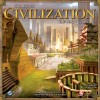




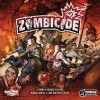





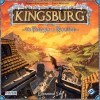






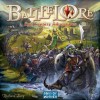

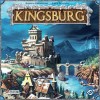
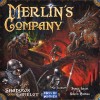

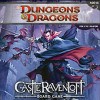
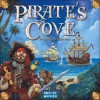
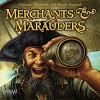



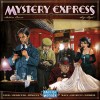

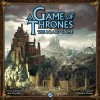









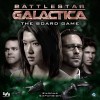
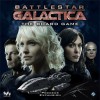










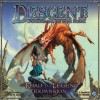
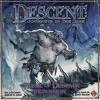



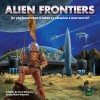
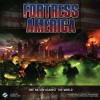


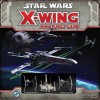





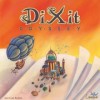
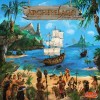


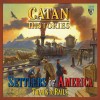



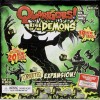
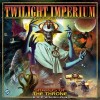

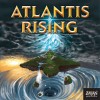

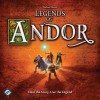


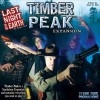

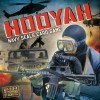




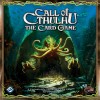








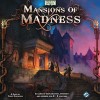
Zombicide
Zombicide, by Guillotine Games, joins the popular trend of cooperative board games that are designed to allow friends to play towards a common goal instead of being at odds with one another. In this case, you’re banding together in a post-apocalyptic world for mutual survival, holding the hordes of undead at bay just long enough to salvage some supplies or a cache of weapons. Cooperative games like Zombicide are not necessarily a new concept, but I’m finding that cooperative games with geek-friendly themes like zombies, space aliens, and hobbits are incredibly accessible for wives, husbands, and the significant others of hardcore gamer geeks. I’ve found that the invitation to play a game with your spouse and not against them makes a big difference in the overall fun factor for everybody involved.
After several playthroughs and a number of conversations with a few veteran players of Zombicide, I’ve come to a number of conclusions about the game and how best to keep your brain out of the clutches of ravenous undead.
Zombicide is a board game that has a high replay value due to its modular nature. The board is laid out according to the mission you’ve chosen to play from within the rulebook using tiles with artwork of various interconnected city streets and abandoned buildings. Each scenario has its own specific set of victory conditions that need to be met, each mission ranging from some simple escapes to more involved supply runs. For example, our first mission was to break down the doors of each building and collect five ‘objective markers’ and then make it off the board’s edge that contained the exit marker. The second mission had us searching the buildings for supplies (bottled water, bags of rice, and canned goods) and loading them up into a car on the far end of the map. We then had to drive that car off the board via exit marker with as many survivors as the car could hold.
The Odds Are Against You
Having a win ratio around 33% is about the right odds that you will find in a good co-op game. According to our host, they typically play with four players and things are incredibly deadly with a win ratio of roughly one-third. Whereas we played with eight players, which put enough firepower on the board to deal with the swarms of zombies through sheer volume of fire in both of the games we played. The basic game normally does not support this many players, but due to the Kickstarter stretch-goal rewards our host got a stack of three extra player characters and a bunch of extra zombie models which made it possible to play with eight players.
The more players you have, the easier the missions will become.
Playing together as a team is the only way to survive the zombie apocalypse.
Avoid get so wrapped up in killing zombies that you forget the actual victory conditions.
Never split up the party (universal truth).
Survival Tip #1 – Level Up Simultaneously
The overall strategy that was identified early in the game is that there is an experience track for each of the characters. You earn experience for killing zombies and picking up objective markers. There are four experience tracks (blue, yellow, orange, and red). As noted in the photo of a zombie spawning card, the number of zombies that are spawned are based on the highest level character within the party. If you don’t plan your level-ups right, you could end up with one player racking up a lot of experience points from kills and objective tokens while the rest of the party struggles with the beefed up waves of baddies. Watch your experience track and talk it out with the rest of the group; if you play things right you can all level up within the same turn and keep the threat level down longer.
Survival Tip #2 – Open Doors Early and Often
Opening the doors to the buildings early in the game will help manage the threat level whilst searching buildings and collecting objective tokens. Each time a door is opened into a new building the cards are drawn to determine the undead population for each room within that building. If you can manage to keep the party experience at the lower levels while you explore, the buildings will spawn fewer zombies. There are characters that have high speed values that can help take advantage of this trick early in the game.
Survival Tip #3 – Get a Gun if You’re Going Last
Get a gun if you are the last player in the turn order, because after every player has gone it’s the zombies turn. It will be too risky to run into a room full of zombies with a machete or a chainsaw. You see, zombies will always attack a player that is in the same tile as the player – so running wildly into a room of zombies with a fire-axe screaming at the top of your lungs is risky – if you don’t kill all of the zombies in your room you’re going to die. Once you take two hits, you’re dead.
Increased Fun Factor – Character Randomization
It’s easy to gravitate towards some of the characters that are clearly built for putting bullets into the undead at thirty paces or putting a machete between their eyes. To really appreciate the danger and keep the game fresh, my suggestion is to randomize the character you get. This is a great way to try new things without having to think too hard about it.
In Conclusion
In the process of writing this review I asked some of the regular players for additional tips, tricks, and strategy. Sean, the owner of the game, says that making noise is always a good option when you run out of zombies to shoot. He declares that his character points his shotgun up to the air and fires off a few more blasts and places noise counters next to his model and says with a look of mischief on his face, “See? It’s a thing.” It’s important to point out that noise attracts the undead. At this remark the rest of the players sternly correct him including his wife, who says, “no, it’s really not a thing.”
Wired: The production value of the game is high, the game mechanics are simple, and with the number of missions and different characters you get with the box set there is plenty of replay value. Definitely a beer and pretzels game that encourages players to work together.
Tired: Some of the dice that come with the game are slightly confusing, with a zombie head icon for a 1 and a molotov cocktail icon for a 6. The only other drawback is that the game does not scale beyond 4-5 players very well without needing some additional house rules to make sure things remain challenging enough.
Verdict: The game has officially gone onto the buy-list for my personal game collection.